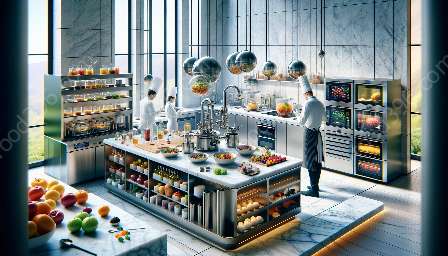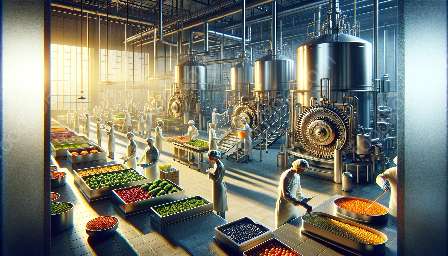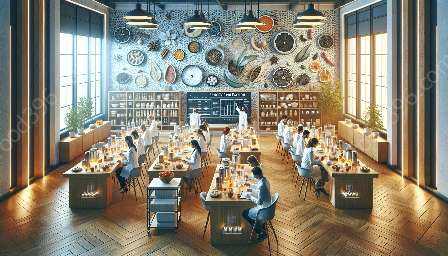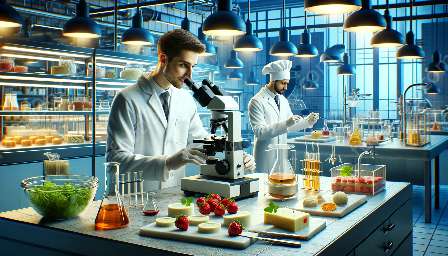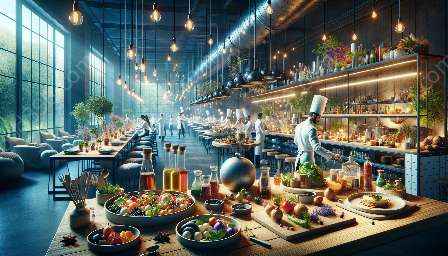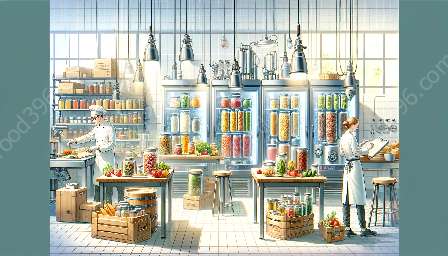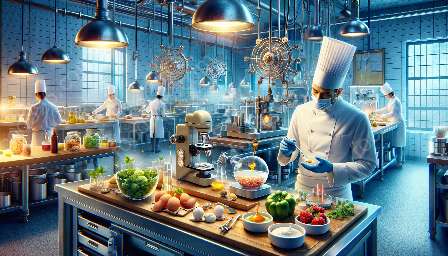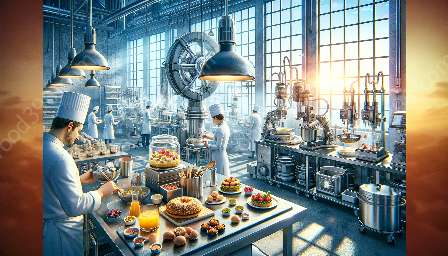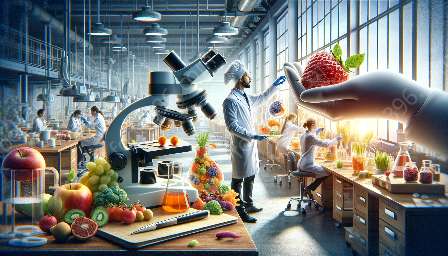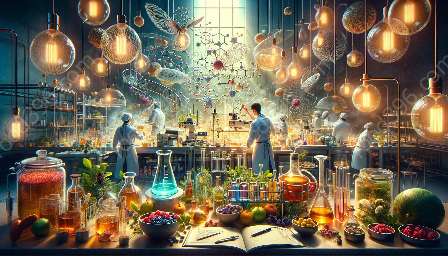Introduction to Food Preservation:
Food preservation is a crucial aspect of food and drink production, ensuring that the items remain safe, fresh, and flavorful for extended periods. It is an intersection of traditional culinary practices and modern food science, encompassing a wide range of techniques aimed at prolonging the shelf life and maintaining the quality of various food and beverage products.
Culinology and Food Preservation:
Culinology, the blending of culinary arts and food science, plays a significant role in the development of innovative food preservation methods. By understanding the chemistry and microbiology of food, culinologists can devise techniques that not only preserve food but also enhance its taste, texture, and nutritional value. This interdisciplinary approach combines creativity and scientific rigor to create unique preservation solutions.
Historical Perspective:
Food preservation has been practiced for centuries, driven by the need to store food during lean times and to transport it over long distances. Traditional methods such as drying, fermenting, pickling, and salting have been integral to various cuisines around the world, contributing to the richness and diversity of global culinary traditions.
Modern Preservation Techniques:
Advancements in food science and technology have led to the development of modern preservation methods such as canning, freezing, vacuum sealing, and irradiation. These methods are designed to inhibit the growth of microorganisms, slow down enzymatic reactions, and prevent spoilage, thereby extending the shelf life of food and drink products while retaining their sensory attributes.
Preservation and Flavor Enhancement:
Preservation techniques often go hand in hand with flavor enhancement. The use of natural preservatives, herbs, and spices not only inhibits microbial growth but also imparts unique flavors and aromas to preserved foods. This integration of preservation and flavor enhancement aligns with the principles of culinology, where the focus is on improving sensory experiences while ensuring safety and quality.
Innovations in Food Preservation:
Continual research and development in food science have led to several cutting-edge preservation technologies. High-pressure processing, modified atmosphere packaging, and nanotechnology-based solutions are some of the innovative methods that have revolutionized the preservation landscape, offering new possibilities for extending the shelf life of perishable foods without compromising their nutritional value and sensory attributes.
Food Safety and Preservation:
Ensuring food safety is a fundamental aspect of preservation. Preservation methods must adhere to strict food safety standards to prevent foodborne illnesses and ensure consumer confidence. Culinologists play a pivotal role in designing and implementing preservation techniques that not only maintain the integrity of the food and drink products but also guarantee their safety throughout their shelf life.
Sustainability and Preservation:
As the world focuses on sustainability, the field of food preservation is evolving to embrace eco-friendly practices. From reducing food waste through preservation to exploring renewable packaging materials, culinologists are at the forefront of creating sustainable preservation solutions that mitigate environmental impact while meeting the growing demand for safe and nutritious food and beverages.
Conclusion:
Food preservation is a dynamic field that lies at the nexus of tradition, science, and innovation. Through the application of culinology, modern preservation techniques continue to evolve, offering exciting prospects for extending the shelf life of food and drink products while maintaining their quality, safety, and sensory appeal.
